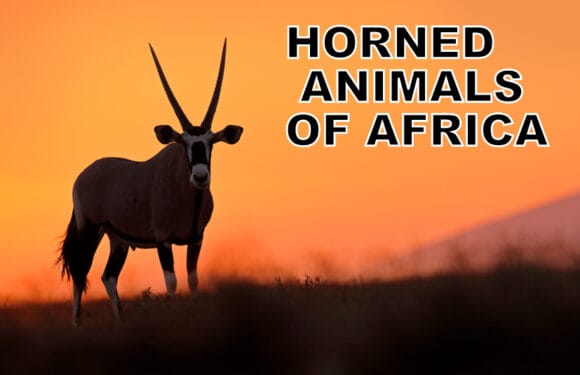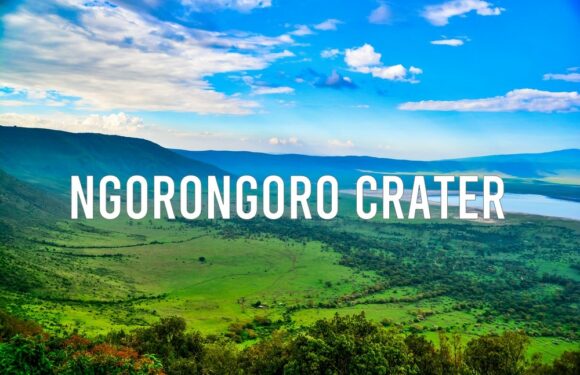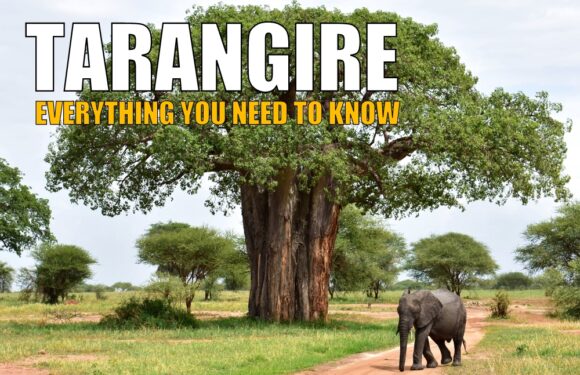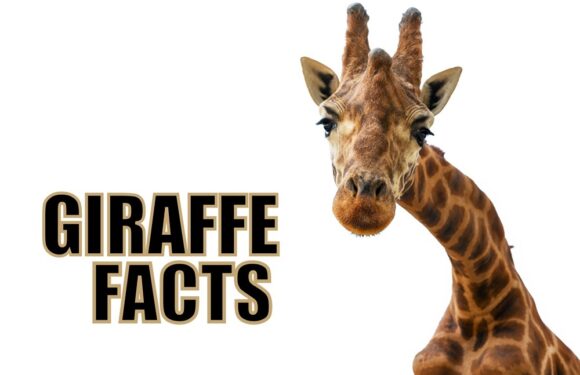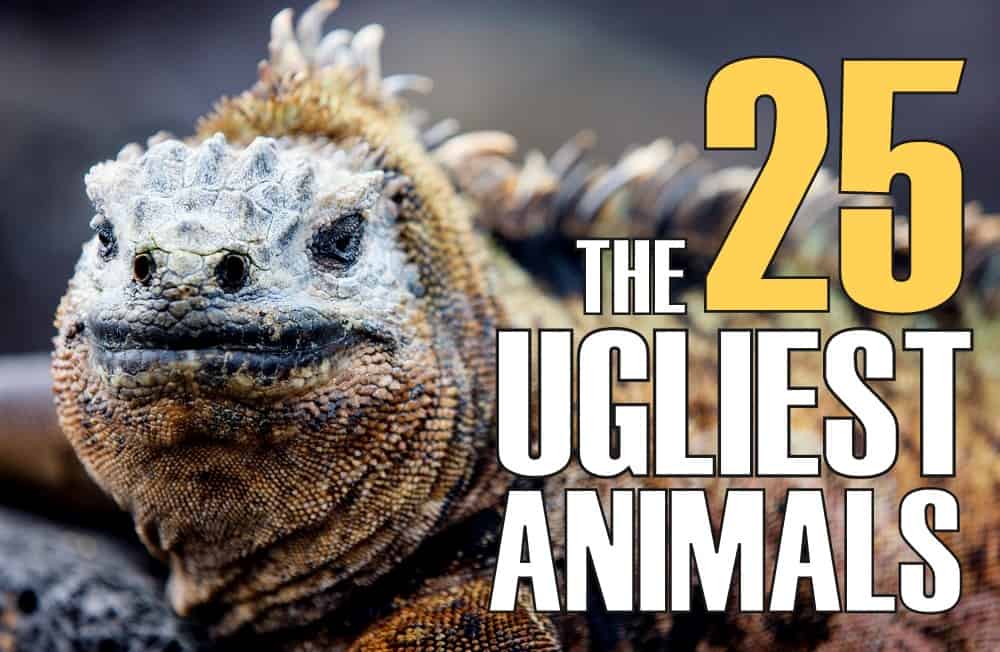
The perception of beauty in animals by humans is primarily influenced by psychological, evolutionary, and cultural factors.
What are the Characteristics of an “Ugly Animal”?
Scientifically, the concept of “cuteness” is often linked to features reminiscent of human babies – large eyes, round faces, and small noses. This innate preference is rooted in a biological concept known as “baby schema,” which triggers nurturing and protective responses in humans. Animals that possess these features, such as puppies, are typically perceived as cute and endearing.

Conversely, species typically considered to be “ugly animals” have characteristics that deviate from this schema. Features such as disproportionate body parts, lack of symmetry, or features that are perceived as threatening can elicit a sense of discomfort or fear. Biologically, this can be traced back to an evolutionary instinct to avoid potential threats or diseases – animals that appear unusual or unhealthy might be subconsciously associated with danger or sickness.
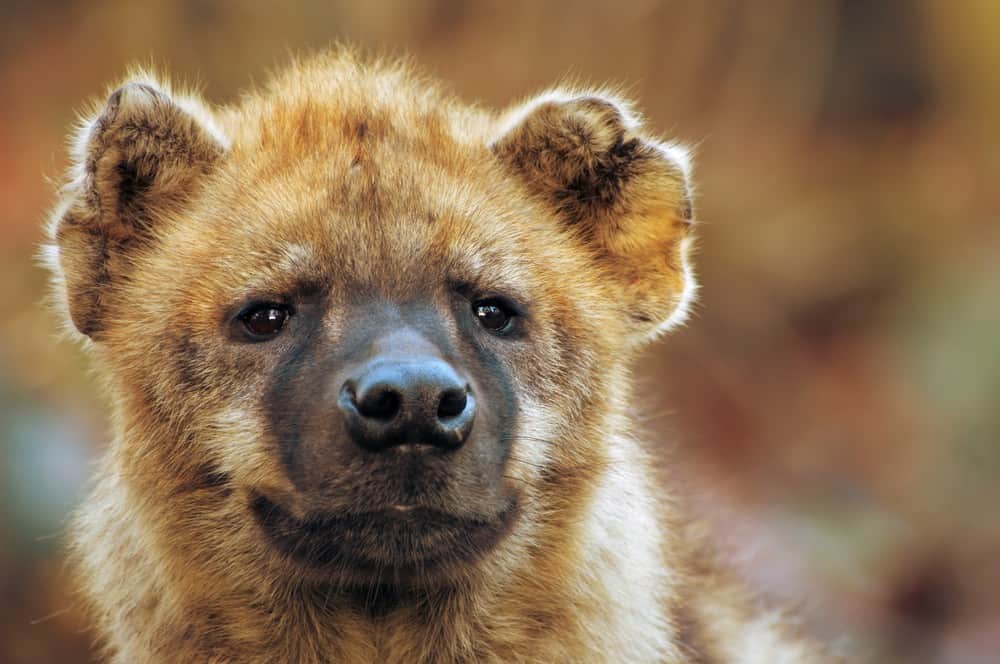
Additionally, cultural influences play a significant role in shaping our perceptions of animal attractiveness. What is considered ugly in one culture might be viewed differently in another. Media portrayal and societal attitudes also contribute to how we perceive certain animals.
How Can Labeling Animals as “Ugly” Be Harmful?
Labeling certain species as “ugly” animals can have detrimental effects. Focusing on the aesthetic qualities of animals leads to a superficial understanding of nature. It’s important to appreciate animals for their ecological roles and adaptations, rather than their appearance.
Human perception often influences conservation priorities. Animals deemed “cute” or “beautiful” typically receive more public sympathy and support, while those labeled as “ugly” are often overlooked. This bias can lead to unequal conservation efforts, potentially neglecting species that play crucial roles in their ecosystems. For instance, vultures, often perceived negatively, are vital as nature’s cleanup crew.
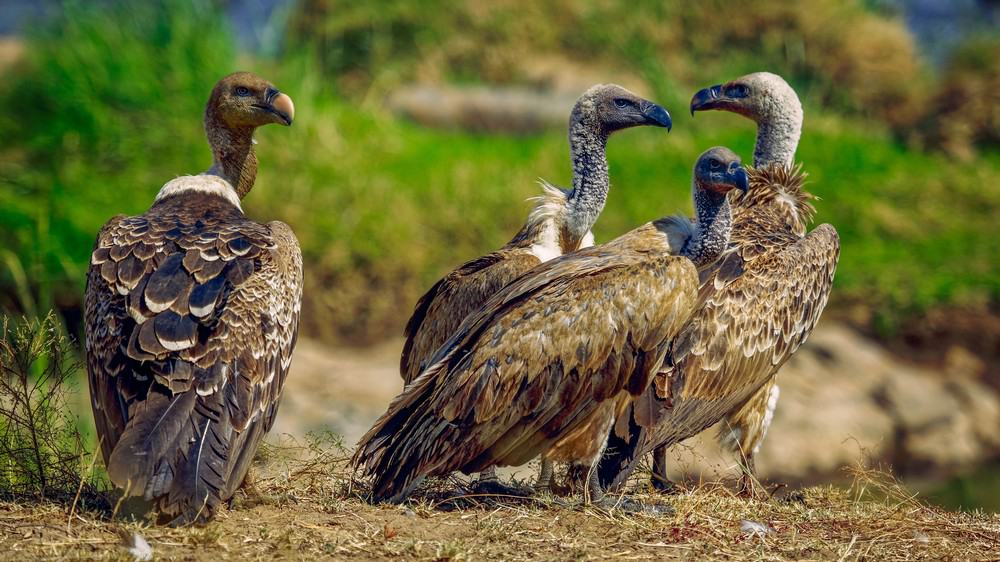
Although this article contains animals which humans subjectively view as unattractive, we respect and appreciate all wildlife. In fact, we see the beauty in all of the featured creatures.
The World’s “Ugliest” Animals
Blobfish
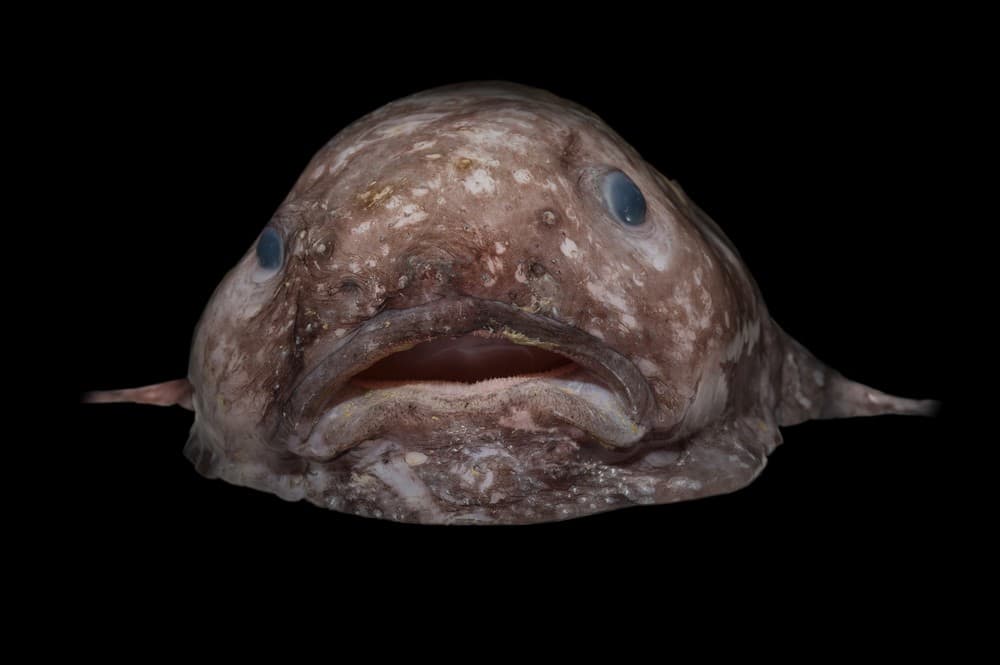
The blobfish, often cited as the world’s ugliest animal, resides in deep waters off Australia and Tasmania. Its gelatinous, gravity-defying appearance is due to the lack of bones and muscles. Adapted to high-pressure deep-sea environments, its body conserves energy by floating passively. The blobfish’s diet consists of edible matter that floats into its path, as it lacks the ability to actively hunt. When removed from its high-pressure habitat, its body collapses into a gooey, blob-like form.
Hammerhead Bat
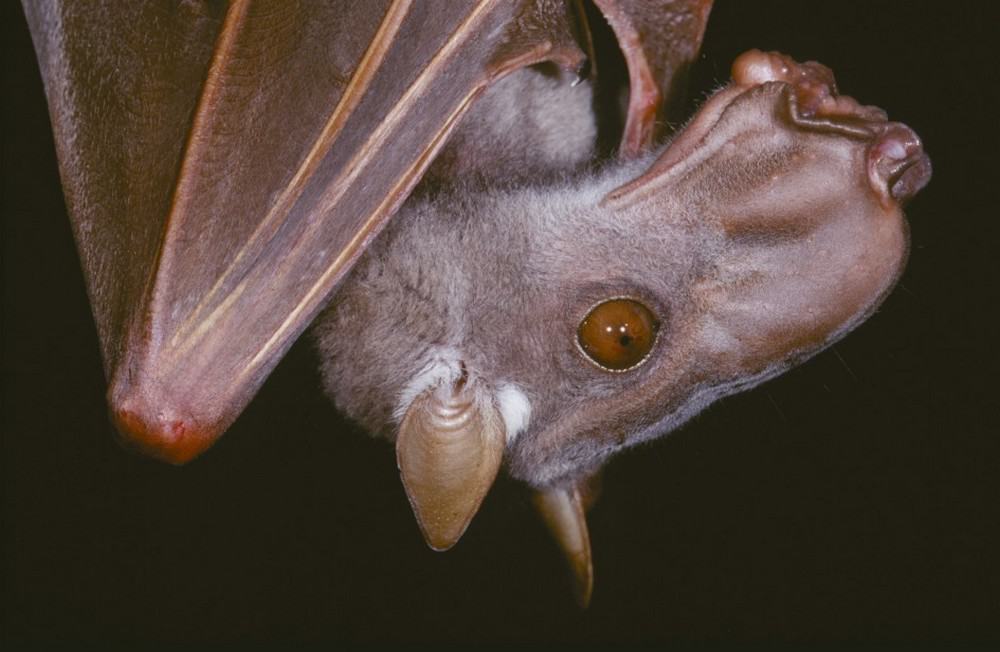
The hammerhead bat is the largest bat species in Africa. Its name comes from its prominent, hammer-shaped head, particularly in males. This unusual morphology enhances the bat’s vocal abilities, allowing males to produce loud, resonant calls during mating displays. Found in the rainforests of central and west Africa, the hammerhead bat is nocturnal and relies on its keen sense of smell to locate ripe fruits. This bat is harmless to humans.
Babirusa
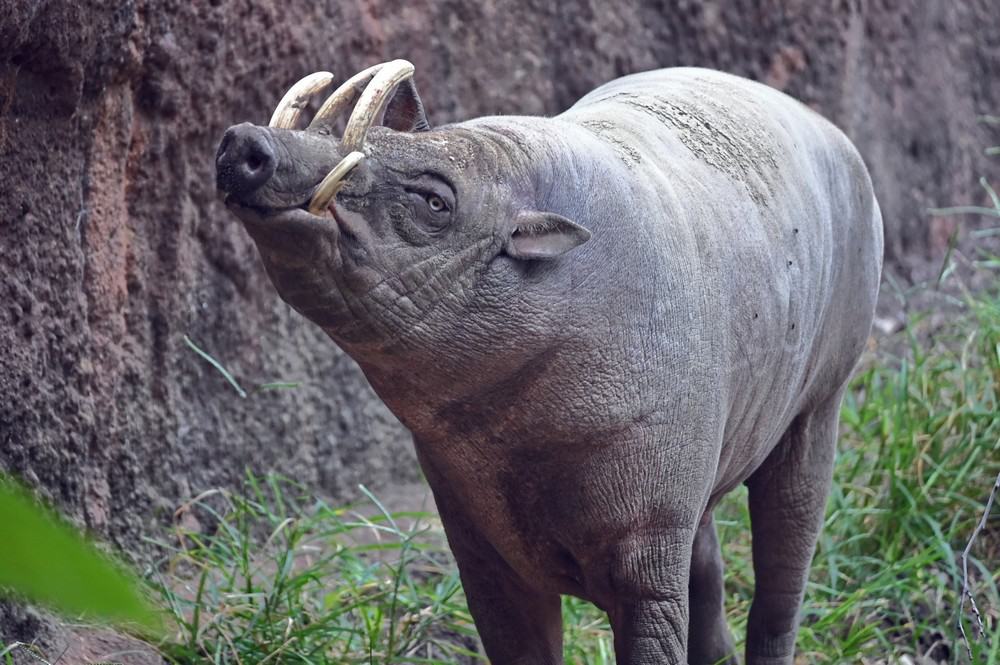
The babirusa is a wild pig native to the Indonesian islands. It has a bizarre appearance, characterized by its impressive, upward-curving tusks. These tusks, which actually grow from its upper jaw and can pierce its own skull, are a unique feature among pigs. The babirusa has a slender, deer-like body, a departure from the typical stout pig build, and relatively long legs. It primarily feeds on fruits, leaves, and small animals. The unusual tusks are used in male-to-male combat and as a display to attract females.
Andean Condor
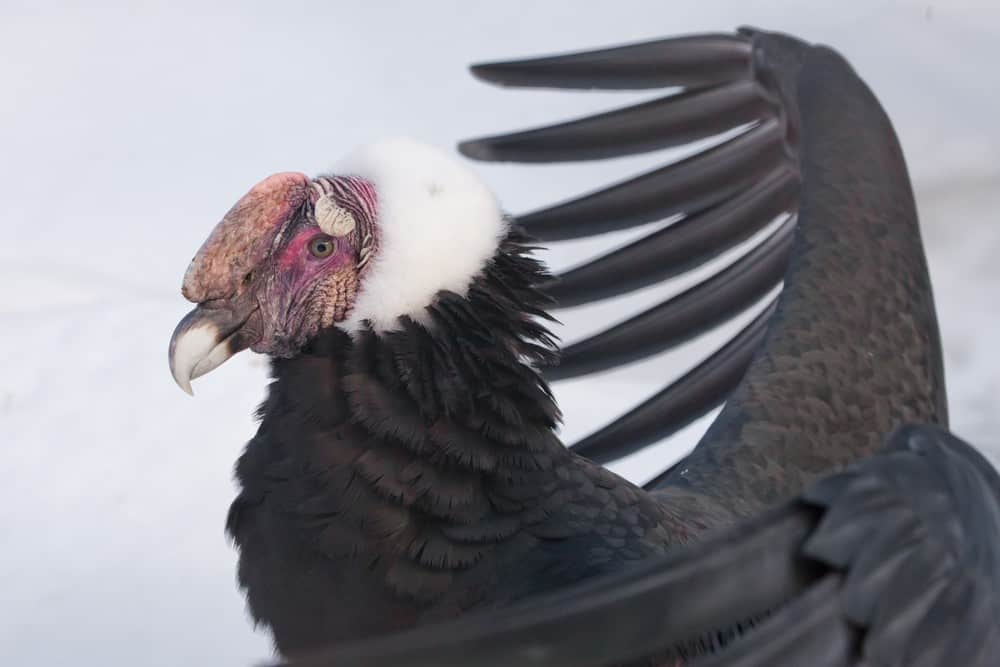
The Andean Condor is one of the world’s largest flying birds. Its wingspan can exceed 10 feet (3 meters). This South American bird is a scavenger, feeding mainly on carrion. It has a bald head with a ruff of white feathers around the neck. These birds are known for their graceful flight, using thermal currents to stay aloft for hours with minimal effort. The condor holds significant cultural and mythological importance in South American societies. The Andean Condor is a symbol of power and health in the Andean regions.
Purple Frog
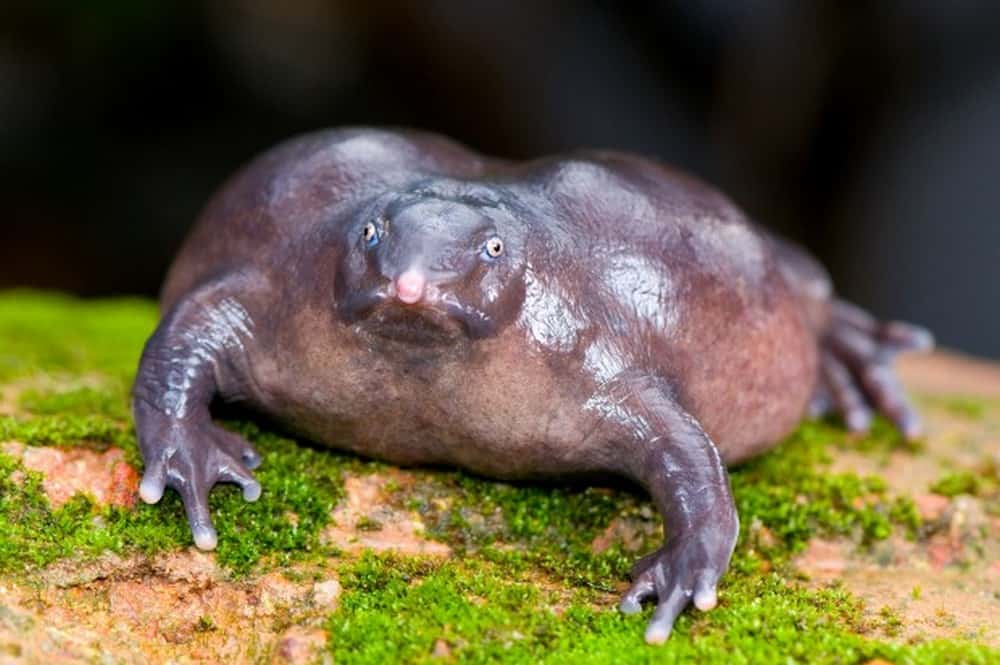
The purple frog is an unusual amphibian with a bloated body and a small head. Its striking purple skin and pointed snout make it one of the most recognizable frog species. This burrowing frog spends most of its life underground, emerging only during the monsoon season to breed. The purple frog’s peculiar vocalizations, which sound like a chicken clucking, are used to attract mates. Its diet primarily consists of termites and other insects, which it captures using its sticky tongue. The purple frog is native to India.
Saiga Antelope
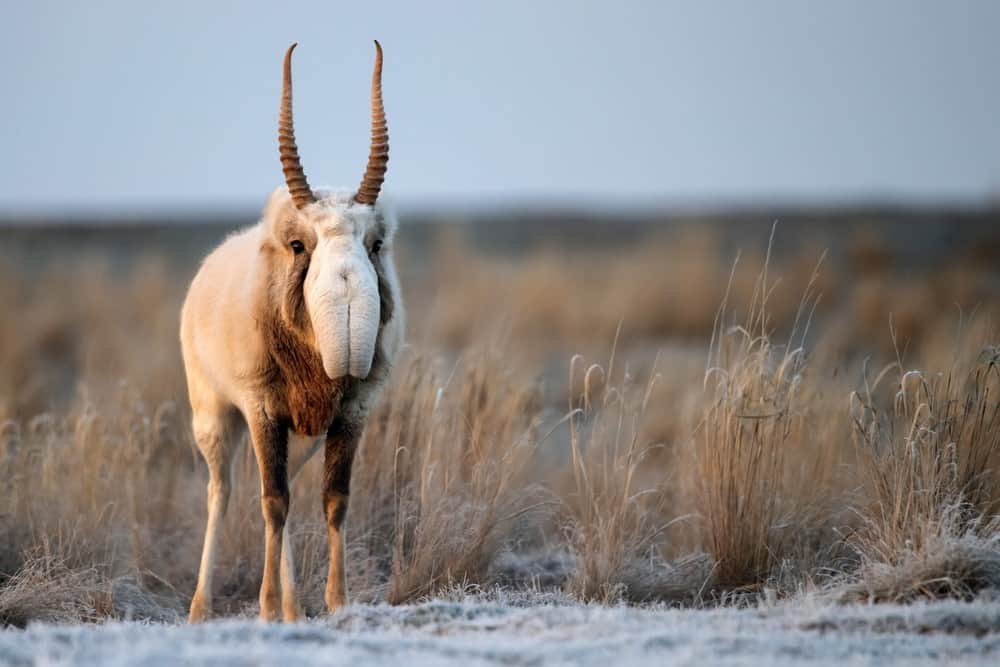
The saiga antelope is primarily found in the steppes of Central Asia. It has an oversized, bulbous nose, which is an adaptation to its dusty, arid habitat. It filters out dust and can warm the air in the winter before it enters their lungs. The saiga has a pale, sandy coat and a hunched posture, which assists them in grazing in their grassland environment. Once roaming in vast herds, the saiga antelope is now critically endangered due to poaching and habitat loss.
Naked Mole Rat
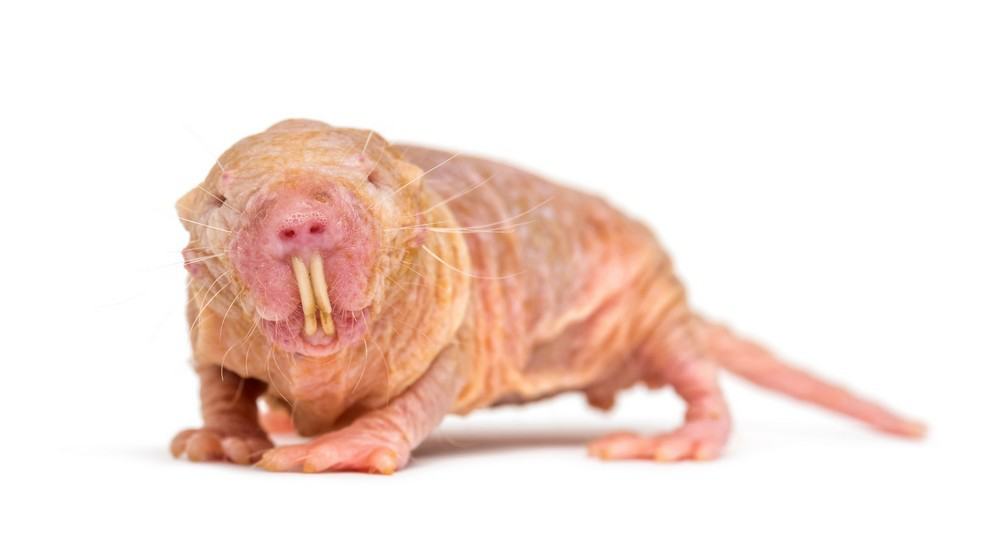
The naked mole rat is a unique rodent known for its hairless, wrinkled skin and prominent teeth. These creatures are eusocial, living in large colonies led by a single breeding queen, much like bees or ants. They are adapted to their underground existence with a high tolerance to pain and a low oxygen requirement. Their appearance may be unsettling, but it’s a result of their specialized subterranean lifestyle.
Marine Iguana
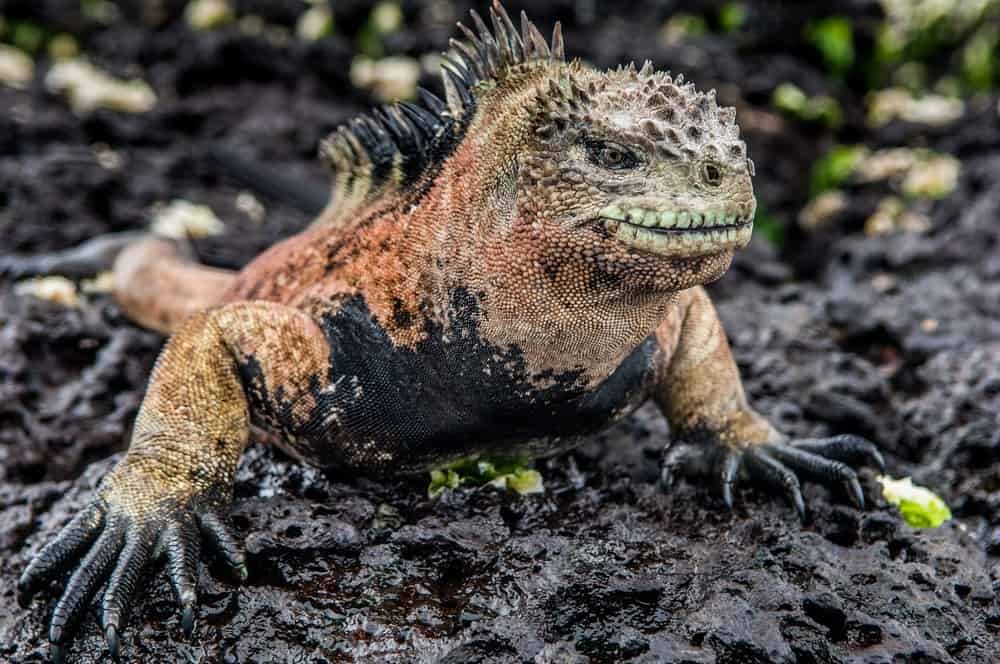
The marine iguana is found only in the Galapagos Islands. It is the only lizard that swims in the ocean. Its appearance includes a robust, dark body and a blunt snout, adapted for feeding on algae from rocks. These iguanas can dive over 30 feet (9 meters) underwater and have special glands to expel salt ingested while feeding. The marine iguana varies in size and color across different islands, a display of adaptive radiation observed by Charles Darwin. Their ability to swim and forage in the sea is a remarkable adaptation to the harsh, volcanic environment of the Galapagos.
Proboscis Monkey
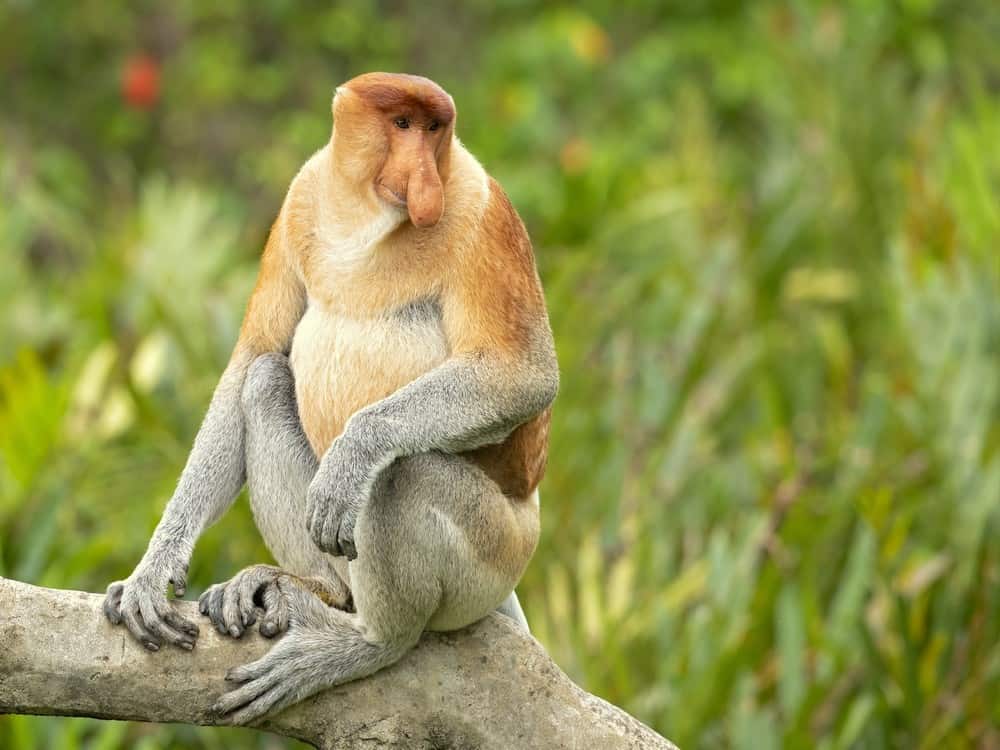
The proboscis monkey, native to Borneo, is notorious for its large, elongated nose. This pronounced nasal feature is more prominent in males and is used to attract females and amplify vocalizations. Scientists believe that their huge, flappy nose serves as an echo chamber amplifying their sound. Their unusual appearance is complemented by a pot-bellied figure, a result of their unique digestive system. Proboscis monkeys are skilled swimmers, with partially webbed feet.
California Condor
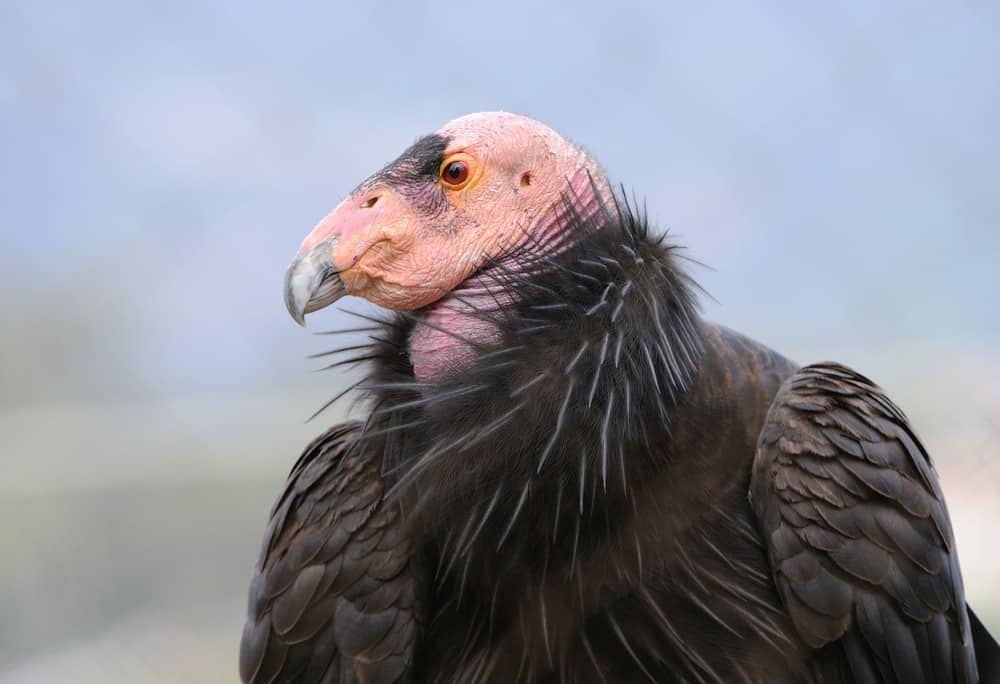
The California Condor is a critically endangered species that possesses a offputting appearance with a bald head and neck. This vulture’s lack of head feathers is an adaptation for hygiene, preventing remnants of carrion from sticking. With a wingspan reaching up to 9.8 feet (3 meters), they are among the largest flying birds. Condors play a vital role in the ecosystem, cleaning up carcasses and preventing the spread of disease. Their brooding, ominous appearance masks their importance to environmental health.
Wolffish
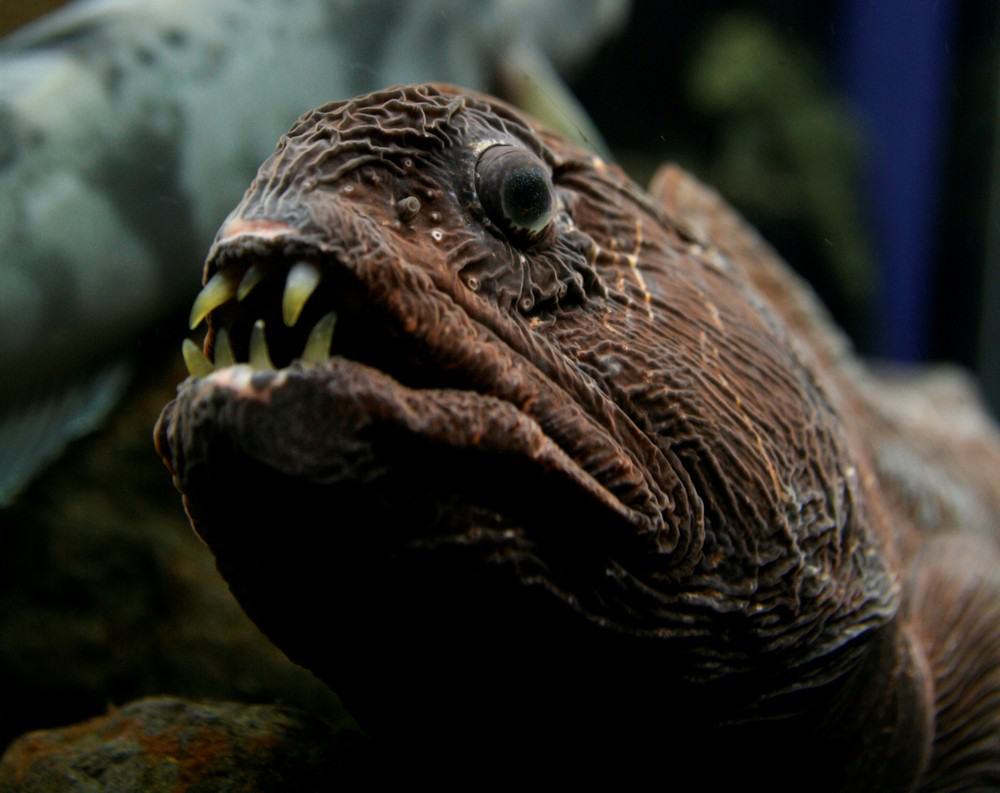
The wolffish resides in the cold waters of the North Atlantic and Arctic Oceans. It has a fearsome appearance, characterized by a large head and strong, protruding teeth. These teeth are not only intimidating but also functional, used to crush hard-shelled prey like mollusks and crustaceans. The wolffish has an antifreeze-like substance in its blood, allowing it to survive in freezing waters where few other fish can thrive. Its long, eel-like body, combined with a mottled, dark appearance, helps it camouflage within its rocky underwater habitat.
Star-Nosed Mole
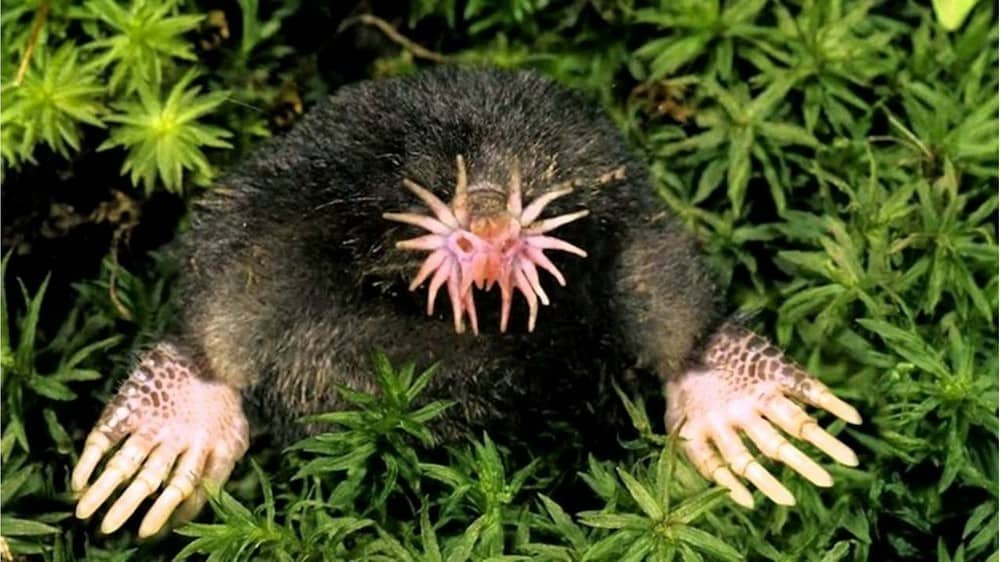
The star-nosed mole, native to North America, is distinguished by its 22-fingered star-shaped nose. This organ is one of the most sensitive tactile devices in the animal kingdom, aiding in their detection of prey. Despite being nearly blind, their extraordinary nose compensates, allowing precise navigation in the dark, underground environments they inhabit.
Aye-Aye
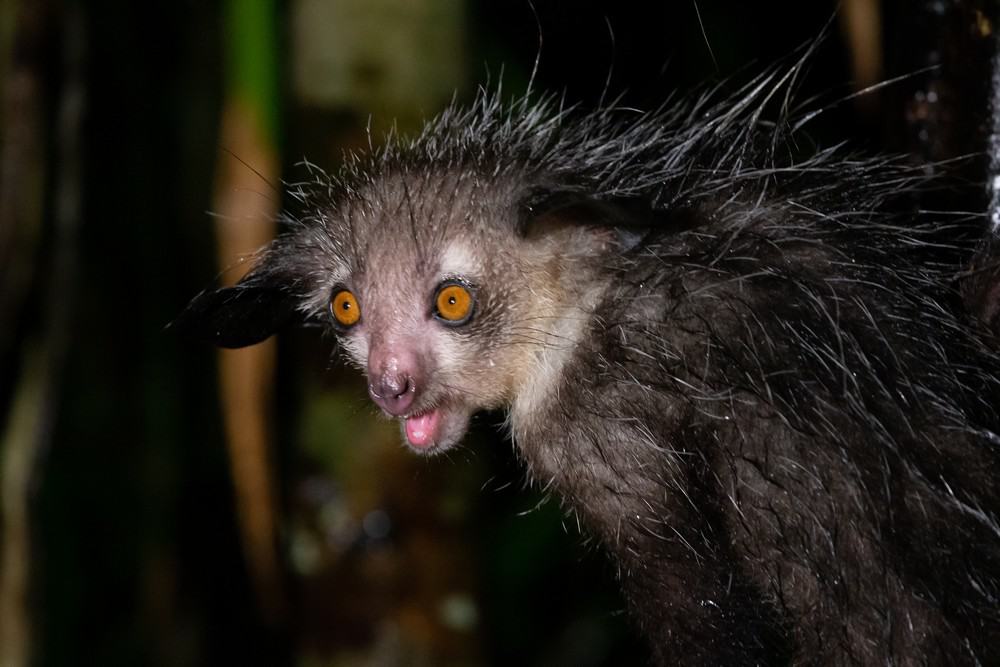
The aye-aye is a lemur native to Madagascar. It is often viewed as eerie-looking due to its large, bright eyes, elongated fingers, and bushy tail. Its most distinctive feature is its long, thin middle finger, used to tap on trees and find grubs. This nocturnal primate’s appearance is an adaptation to its unique feeding habits, often regarded as ominous in local folklore. Unfortunately, its perceived ugliness contributes to superstitions leading to its persecution.
Monkfish
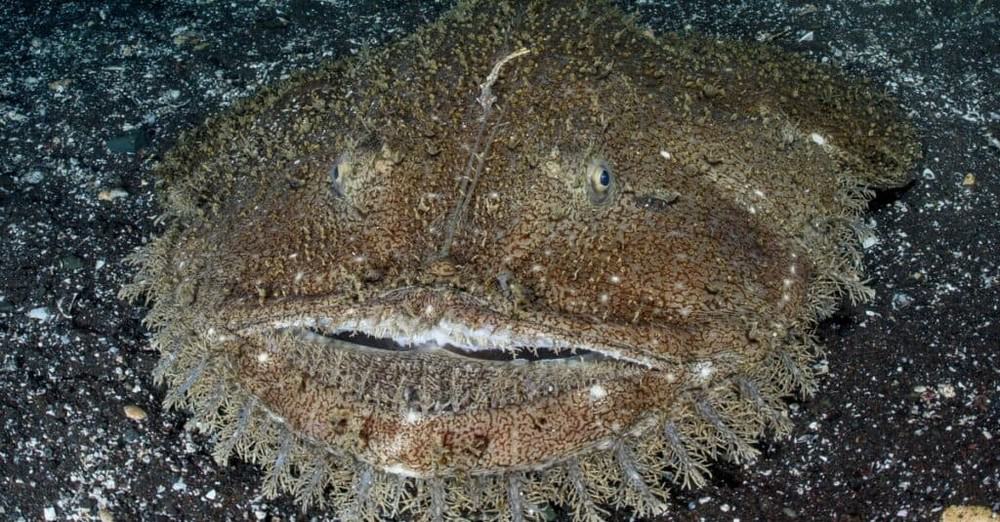
The monkfish is found in the Atlantic and North Sea. The fish is notorious for its grotesque appearance, with a large, gaping mouth and fleshy, spiny body. Its method of predation is unique – it lures prey using a fleshy growth from its head, snapping its jaw shut rapidly. Even with its unappealing look, monkfish is a culinary delicacy, known for its delicious, firm flesh. The monkfish’s ability to camouflage on the ocean floor makes it a formidable ambush predator.
Warthog
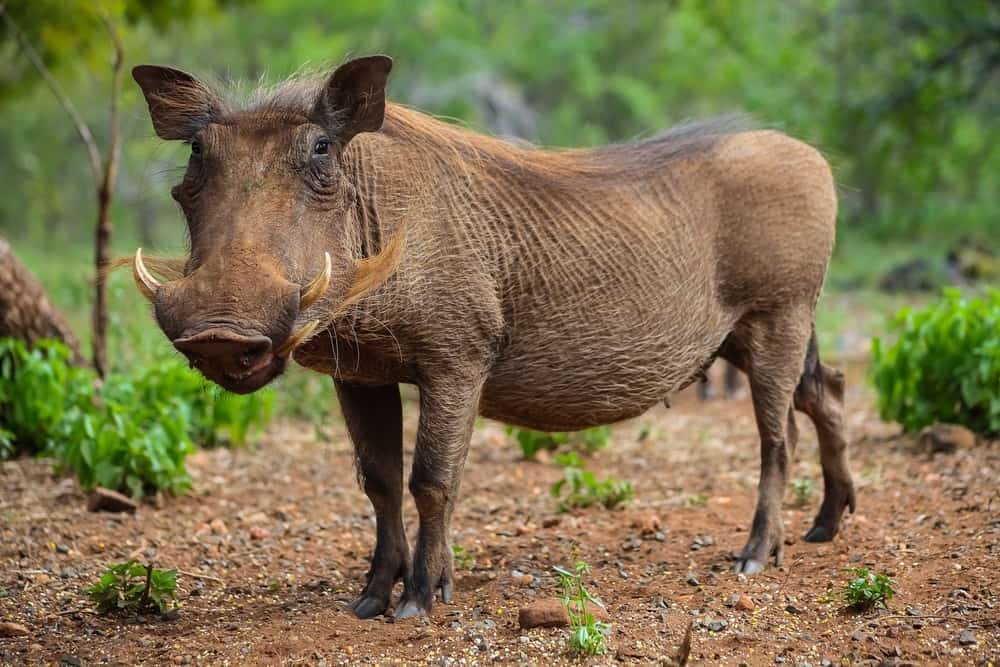
The warthog is a common animals seen on Tanzanian safaris. Native to Africa, this animal is characterized by its prominent tusks, wart-like bumps on the face, and a rugged appearance. These tusks, which can be quite long in males, are used for digging, fighting, and defense against predators. Warthogs are known for their habit of kneeling on their front knees while feeding, due to their relatively short necks. Warthogs are surprisingly fast runners, capable of speeds up to 30 mph.
Horseshoe Bat
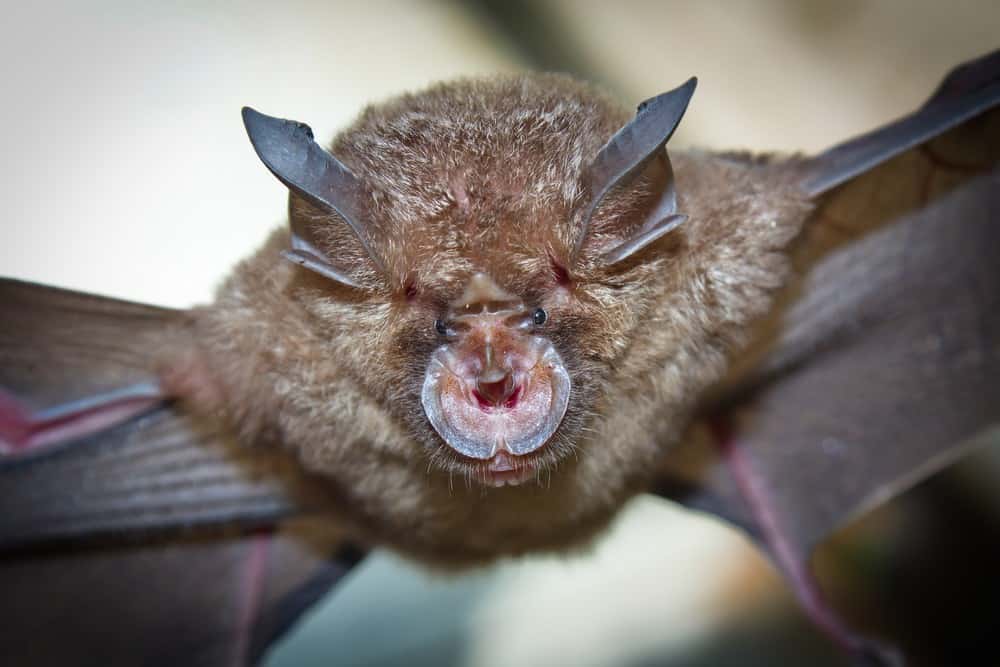
Horseshoe bats have a horseshoe-shaped noseleaf. Their unusual facial structure is utilized for hunting insects in the dark, using sound rather than sight. Their echolocation abilities are so refined that they can detect and capture the smallest of insects mid-flight. These bats are small and generally have drab brown or gray coloring, with wings that appear disproportionally large for their bodies. They are found in tropical and temperate regions.
Marabou Stork
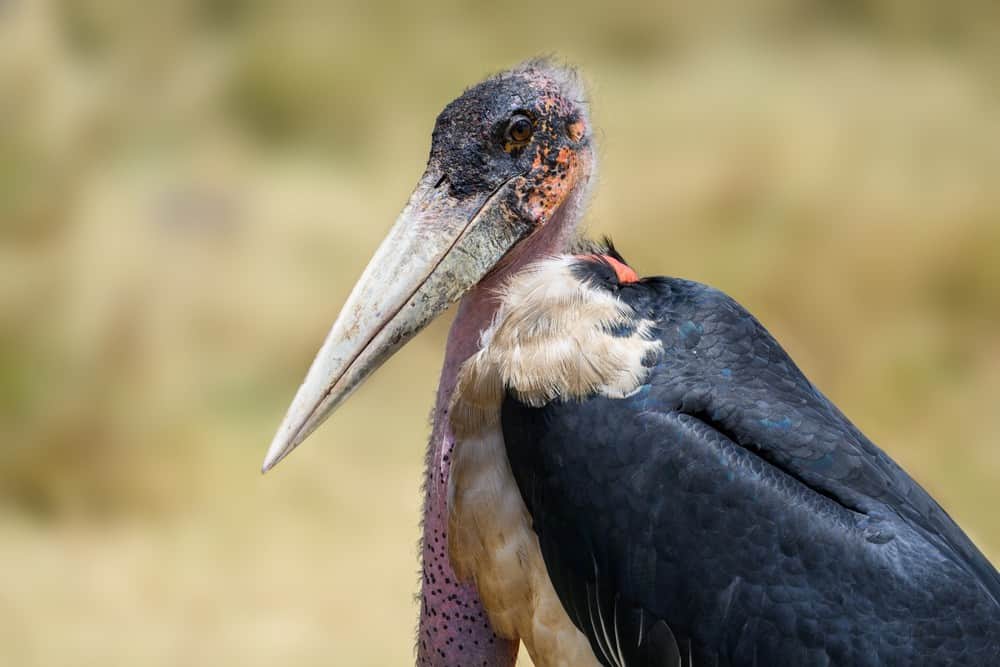
The marabou stork is often labeled as ugly due to its bald head and neck, massive bill, and hunched posture. This scavenger bird’s baldness promotes cleanliness while feeding on carrion. Like the condor, the marabou stork plays an important ecological role by cleaning up dead animals and preventing the spread of disease. They have a wingspan that can reach over 10 feet (3 meters), making them impressive in flight. These big birds often stand with their wings spread, a behavior thought to regulate body temperature.
Goblin Shark
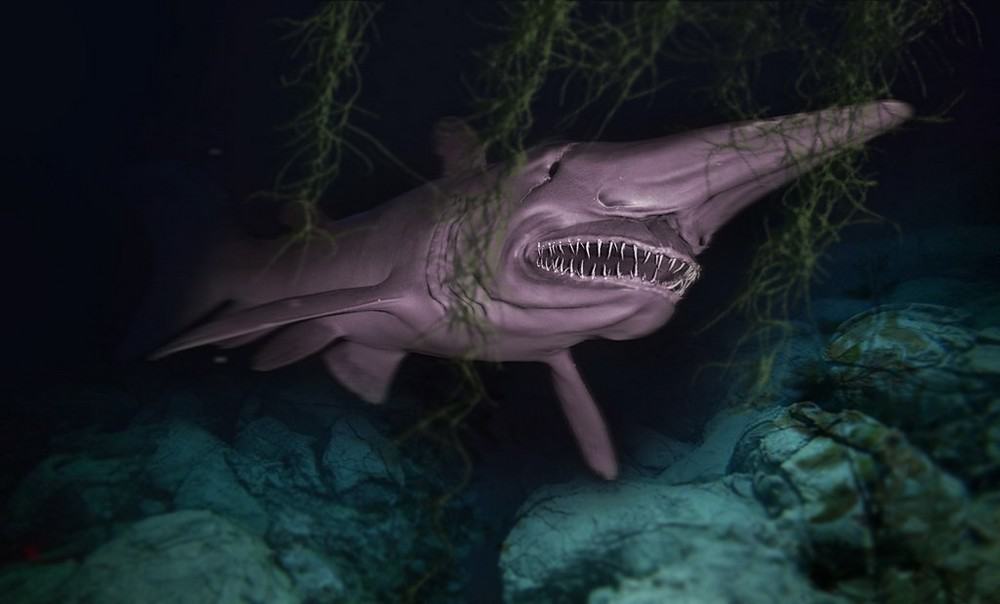
The goblin shark is a rare deep-sea species known for its long, flattened snout and protruding jaws. Its jaws snap forward to capture prey, a special adaptation among sharks. The goblin shark’s pink skin and lack of scales contribute to its otherworldly appearance. They inhabit extremely deep waters, making them one of the least understood shark species. The goblin shark’s bizarre appearance is an example of how extreme ocean depths influence evolutionary paths.
Matamata Turtle
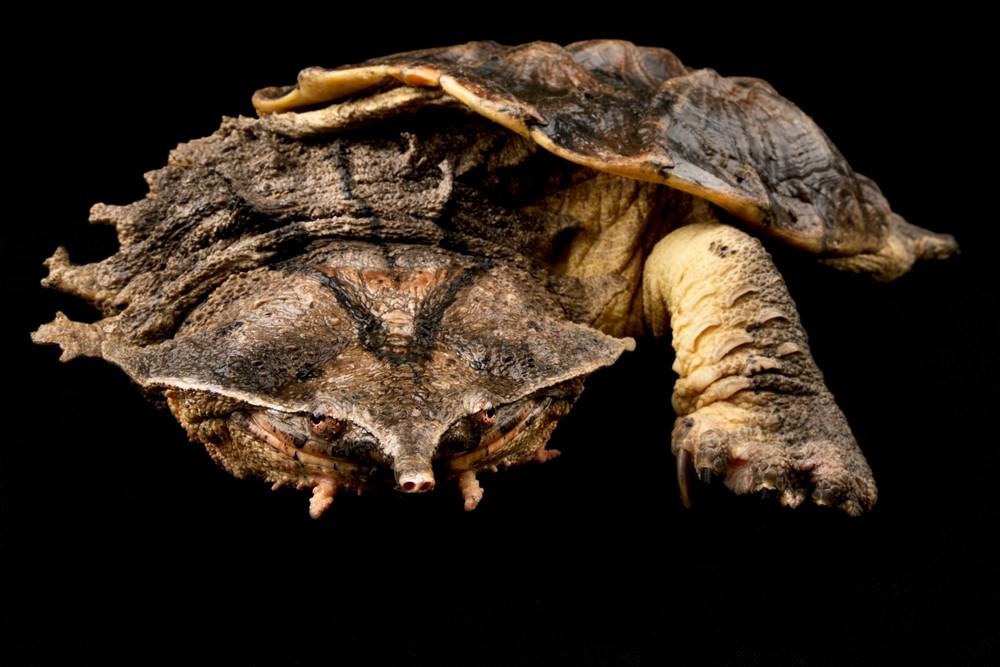
The matamata turtle has a triangular, flattened head and rough, knobby shell. Its head and neck are enlarged and riddled with warts and ridges known as ‘tubercles‘. heir physical appearance serves as great camouflage among fallen leaves in its aquatic environment. The matamata is a sit-and-wait predator, sucking in water and prey in a rapid motion. This turtle is native to South America.
Hyena
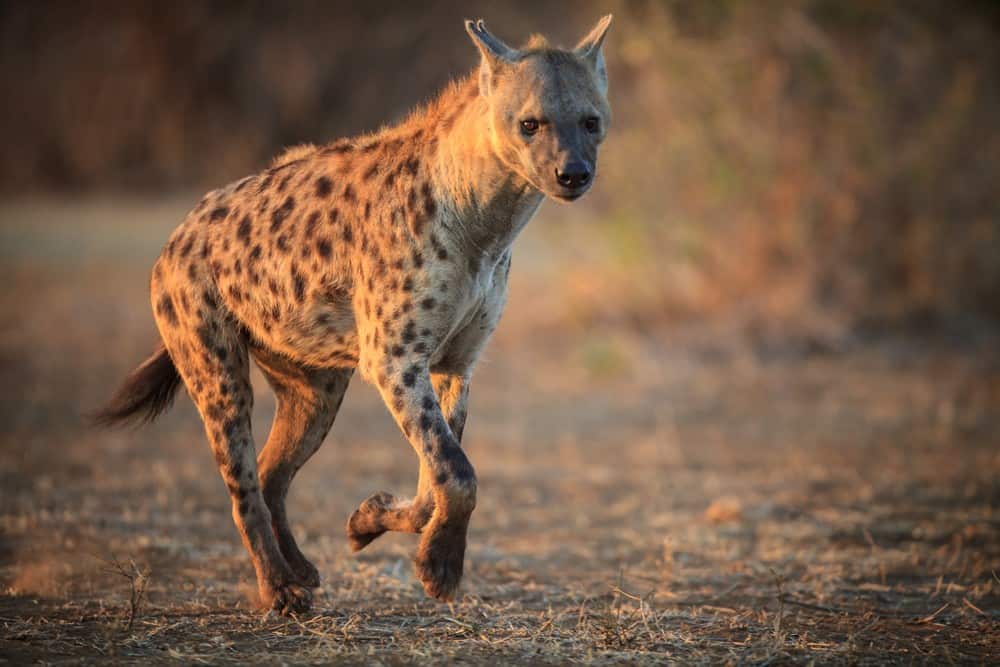
The hyena is commonly perceived as unattractive. Its hunched back, uneven leg lengths, and coarse fur give it a somewhat disheveled appearance. Found in Sub-Saharan Africa and parts of Asia, hyenas are highly intelligent and social animals, living in complex matriarchal societies. The hyena’s face, equipped with a strong jaw and sharp teeth, is made for scavenging and consuming carcasses, often leading to a negative portrayal in popular culture. Their vocalizations, which include eerie laughs and whoops, contribute to their ominous reputation.
Axolotl
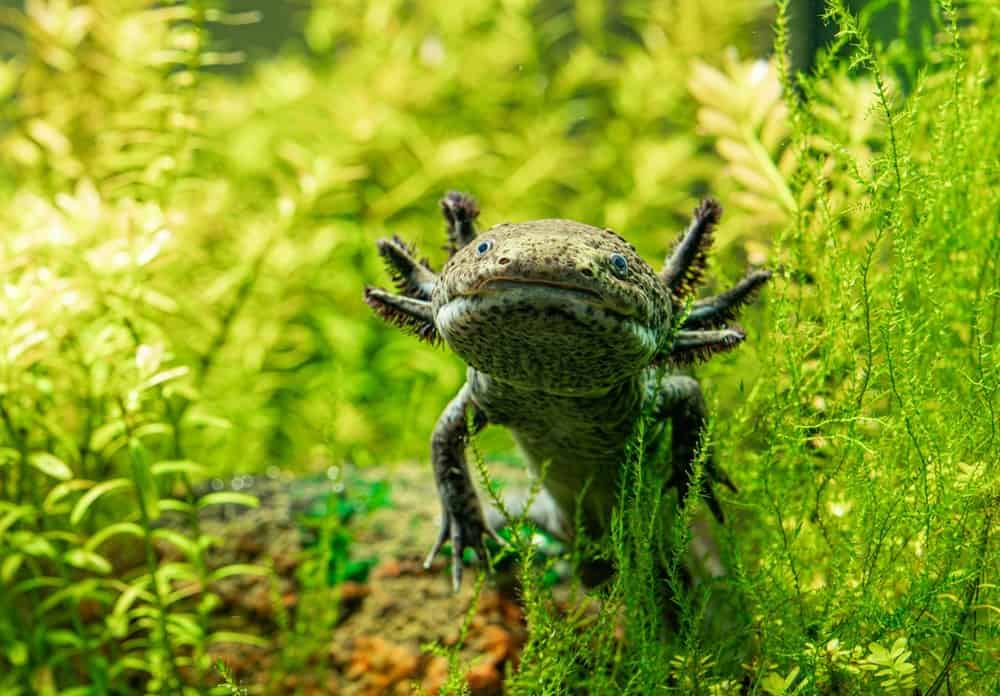
The axolotl is a type of salamander native to Mexico. It is known for its permanent juvenile state, retaining gills and aquatic lifestyle throughout life. Its wide, cartoonish smile and feathery external gills give it a somewhat bizarre appearance. The axolotl has the ability to regenerate limbs, spinal cord, heart, and other organs, making it a valuable subject in scientific research due to its regenerative capabilities. Its critically endangered status in the wild highlights the importance of habitat conservation.
Wrinkle-Faced Bat
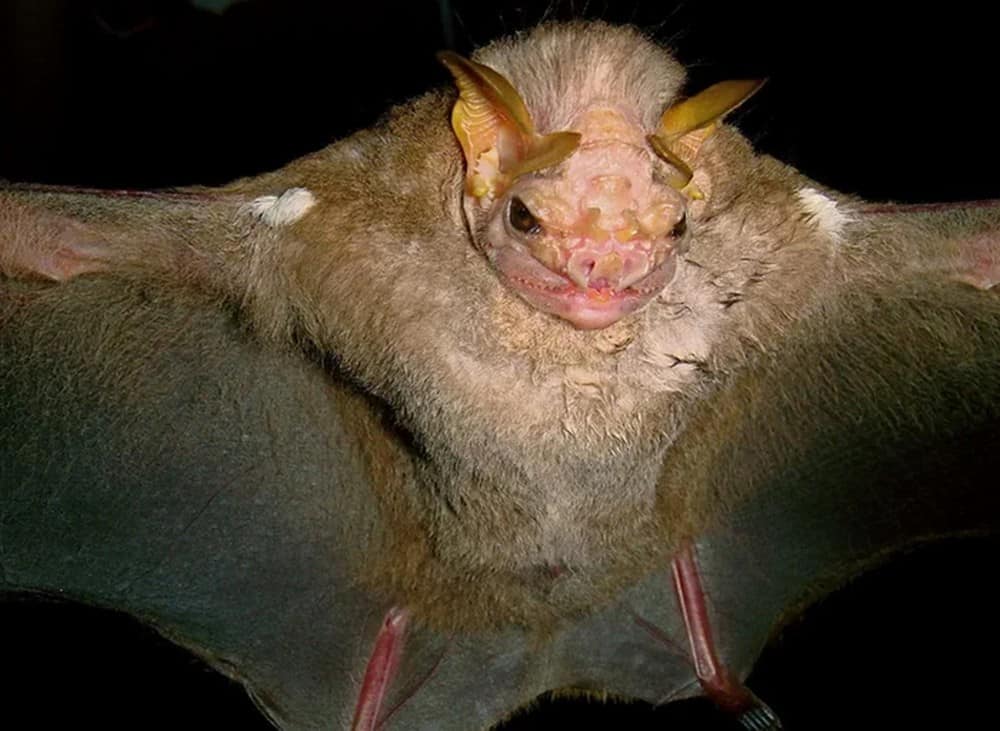
The wrinkle-faced bat has a face covered in deep wrinkles and folds of skin. These wrinkles are more pronounced in males and are believed to play a role in their mating rituals. Adding to their unsightly look, these bats have a skin flap or “mask” that they can pull over their faces when resting. The wrinkle-faced bat is a nocturnal animals that uses its keen sense of smell to locate fruit in the dark. They are found in Central and South America,
Elephant Seal
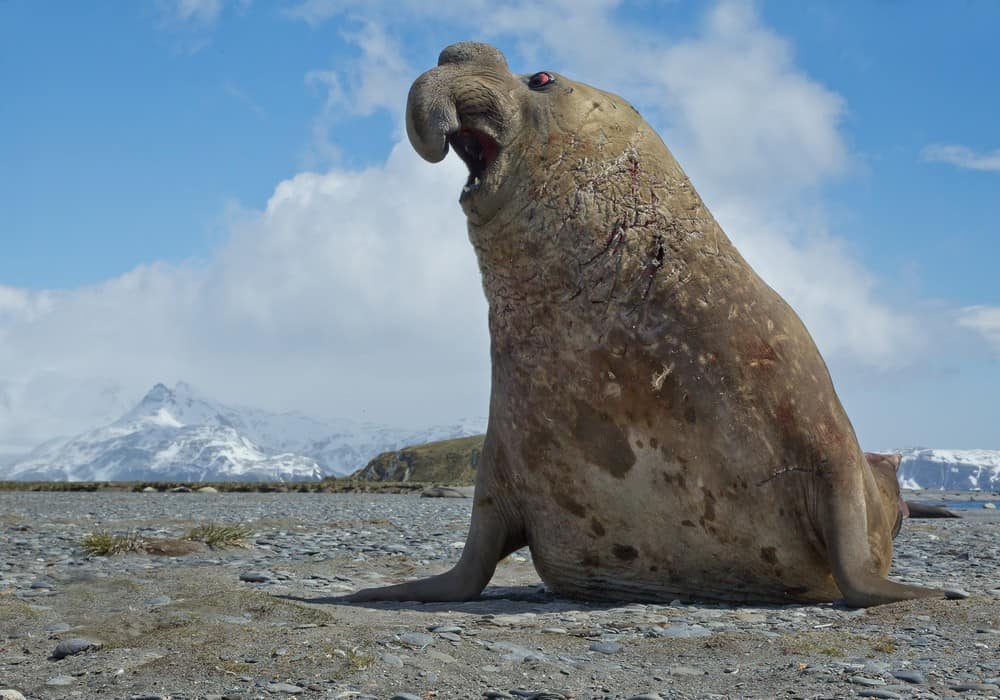
The elephant seal lives primarily found along the coasts of California and Mexico in North America. It is notable for its immense size and the male’s distinctive large, trunk-like nose. This proboscis, from which the seal gets its name, serves a practical purpose. It amplifies the deep, resonant vocalizations used in mating rituals and territorial disputes. Males can weigh up to 4,500 pounds (2,000 kilograms) and are significantly larger than females. Elephant Seals spend the majority of their lives in the ocean. They can dive over 5,000 feet (1,524 meters) deep and hold their breath for more than two hours.
Bald Uakari
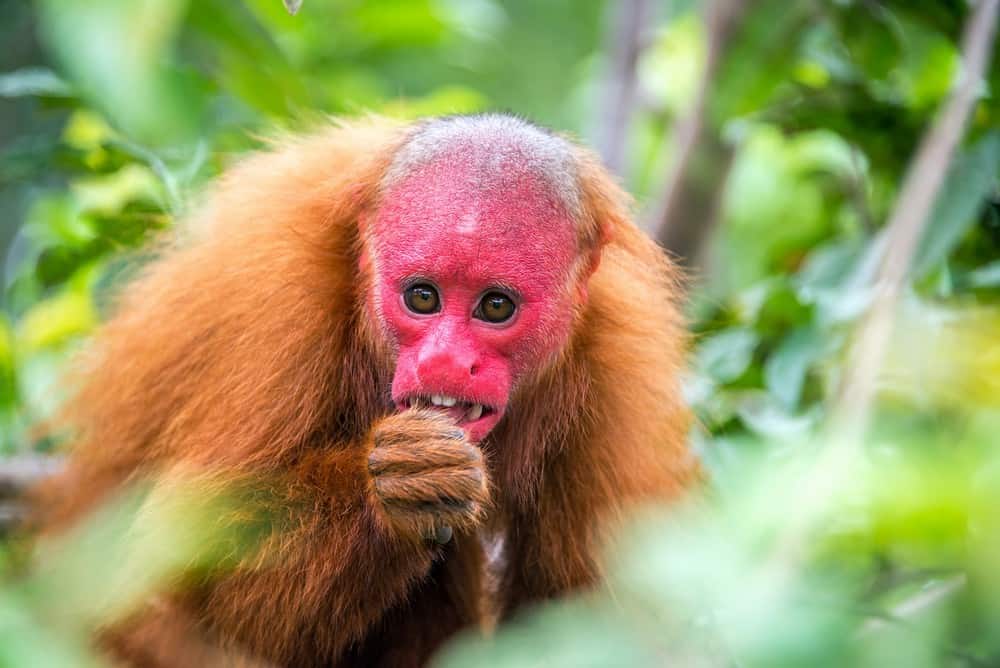
The bald uakari is native to the Amazon rainforests of South America. It has a bright red face and lack of hair on its head. This look is attributed to blood vessels under its facial skin, which can indicate the health status of the individual; a brighter red face is often a sign of good health. The bald uakari’s short, bushy tail is unique among New World monkeys, contrasting with their typically long, prehensile tails. Adapted to a life in the treetops, they are agile climbers but somewhat awkward on the ground. Their diet mainly consists of seeds, fruits, leaves, and insects.
Red-Lipped Batfish
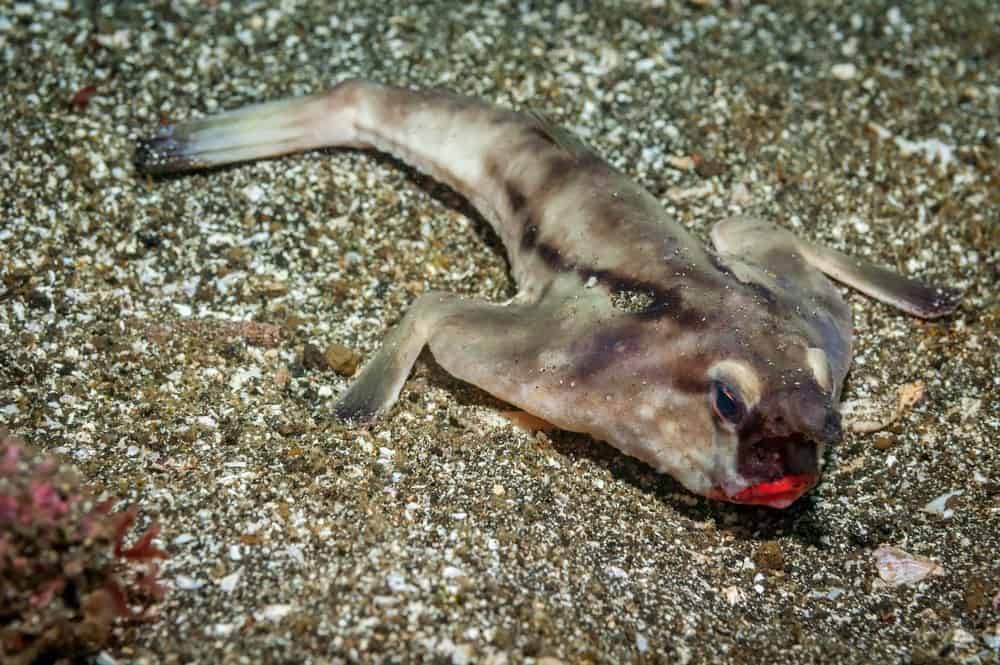
The red-lipped batfish is known for its bright red lips and unusual body structure. Suited for life on the ocean floor rather than swimming, it uses its pectoral fins to ‘walk’ on the seabed. This fish has a somewhat flattened body and a face that resembles that of a bat. The red lips are thought to play a role in mating rituals, enhancing visibility in the deep, dark waters where it resides. The red-lipped batfish is not a proficient swimmer; it relies more on its ability to blend with the ocean floor to ambush prey. They are found around the Galapagos Islands.




















































